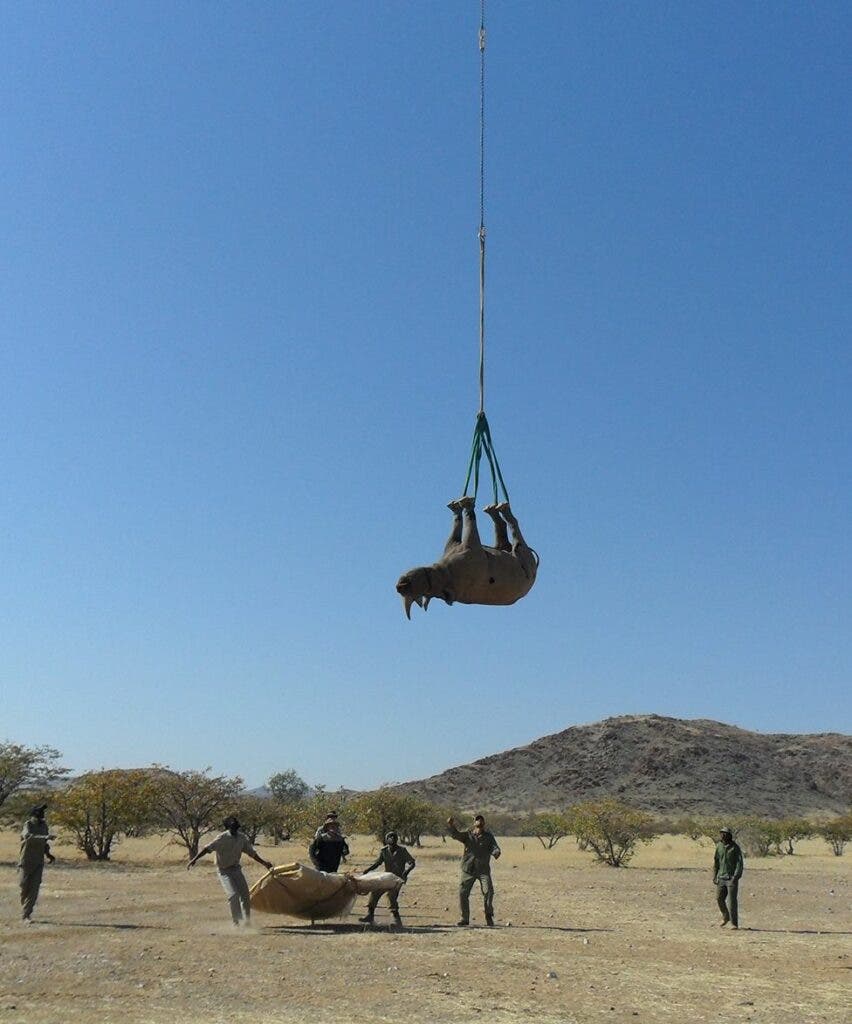Scientific studies that looked at the benefits of transporting rhinoceros’ upside down and at how well beards can soften a punch to the face were among this year’s laureates for one of the most prized awards in science, the Ig Nobel prize. They might not be as famous and lucrative as the “real” Nobels but we all expect them anxiously every year.

This year, the ceremony was hosted online rather than in the usual auditorium at Harvard University due to Covid-19 restrictions. Genuine Nobel laureates gave the ten Ig Nobels to scientists, economists, doctors, and mathematicians from 24 countries – who received a paper trophy to assemble themselves and a counterfeit Zimbabwean $10 trillion note.
It’s all in line with the nature of the prize, which rewards science that makes people laugh and makes them think. The science humor magazine, Annals of Improbable Research, which organizes the award ceremony every September, says the awards celebrate the “unusual, honor the imaginative and spur people’s interest in science.”
This year’s winners
Wildlife veterinarian Robin Radcliffe from Cornell University won the award for transportation research for his study on whether the health of rhinos was compromised when hanging their legs beneath a helicopter. This is something that has been used for years in Africa to move rhinos between areas of fragmented habitat.
No one had done an investigation to check whether the heart and lungs of the animals could cope well with the upside-down flying, so Radcliffe and his team went on to do exactly that. And as it turns out, the animals coped very well with this. They suspended a group of tranquilized back rhinos from a crane and measures their overall responses.
The findings showed the rhinos coped very well, in fact even better than lying chest down or on their side. According to Radcliffe, this is due to a better distribution of blood flow when the rhinos are hanging upside down, as in the experiment. “It’s basically like it’s standing upside up; the lung is equally perfused,” Radcliffe told BBC News.
Pavlo Blavatskyy from Montpellier Business School won the Ig Nobel for economics for finding evidence that obesity is “highly correlated” with national corruption, using a computer algorithm and photos of politicians. Meanwhile, Alessandro Corbetta won the physics award for research that explained why pedestrians aren’t constantly colliding with one another.
The entomology prize went to John Mulrennan, who was able to eradicate cockroaches on submarines with an organophosphate insecticide. The biology prize went to Dusanne Shotz from Lund University, who has analyzed variation in house-cat purring, meowing, and other vocalizations, while the ecology prize was for research on bacteria living on chewing gum stuck to pavements.
Finally, Cem Bulut, a German professor, got the medicine prize for research that suggested sex with orgasm acts as an effective nasal decongestant. She recruited heterosexual couples for the study and measured their nasal airflow before sex, after sexual climax, and at regular time points thereafter. Sex was in fact seen as effective as clearing noses as commercial decongestants.
“When I first heard about the Ig Nobel, I wasn’t sure if this was good or bad. But I think that message that ‘it makes you laugh and then think’ – this is what it’s about for us. More and more people should understand what efforts are going on to try to help save these amazing animals that live here on Planet Earth with us,” Radcliffe said at the conference.









